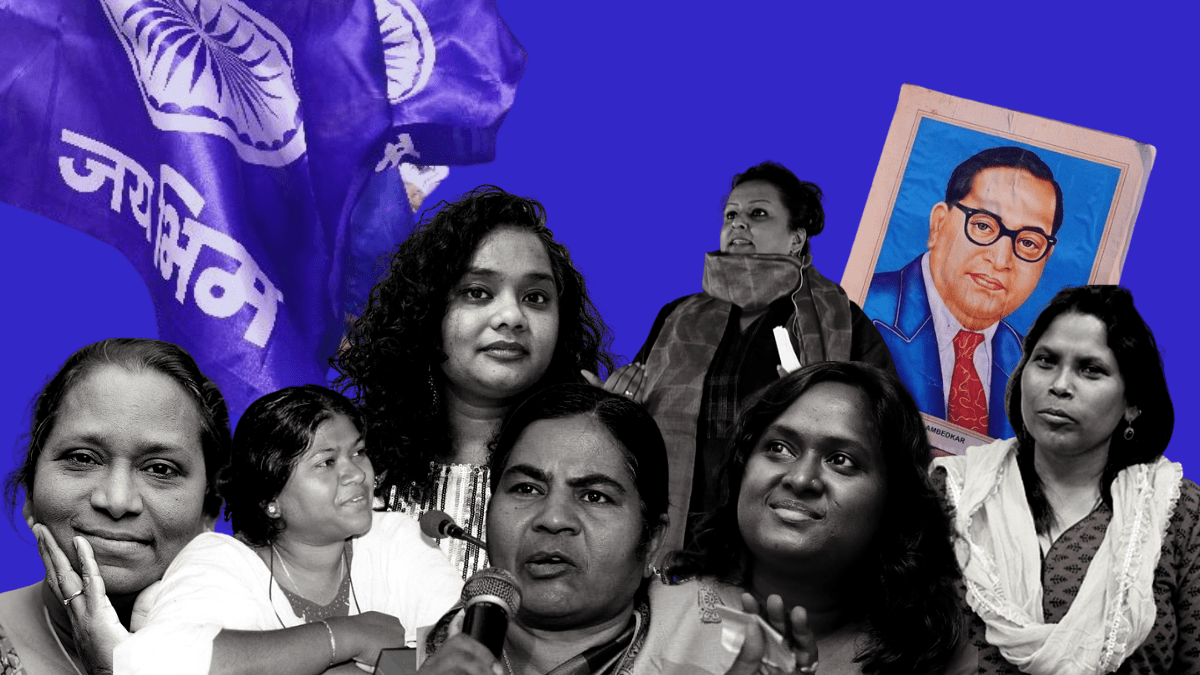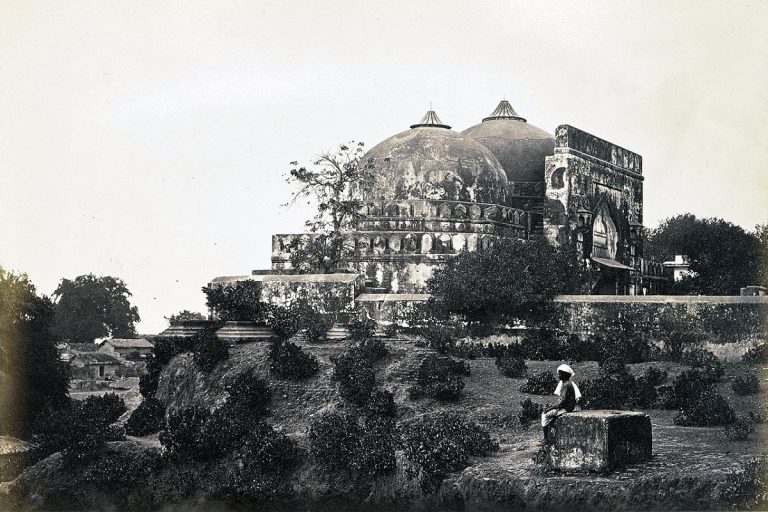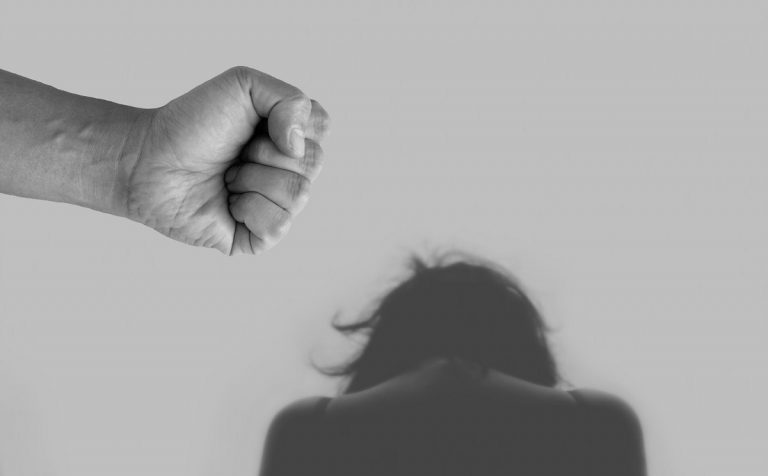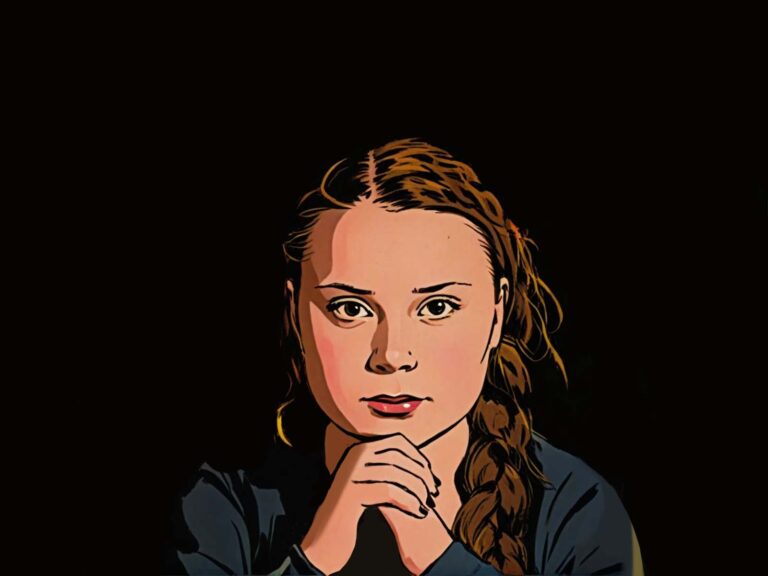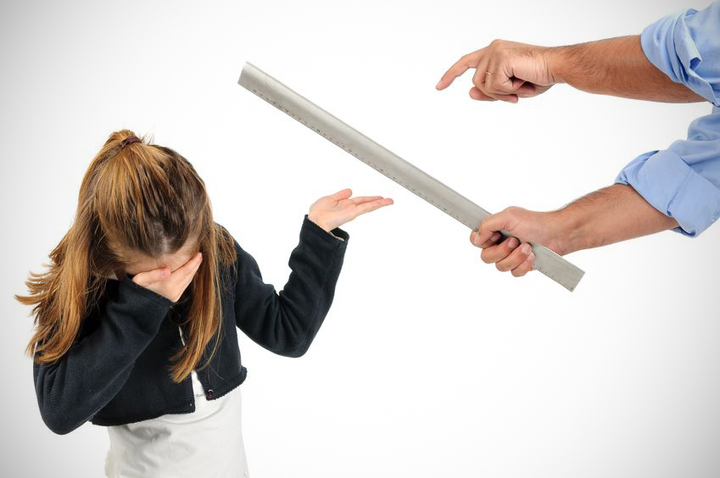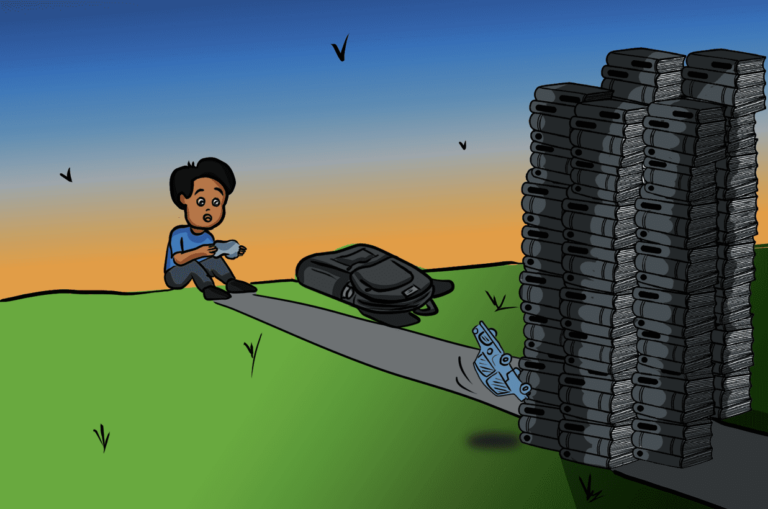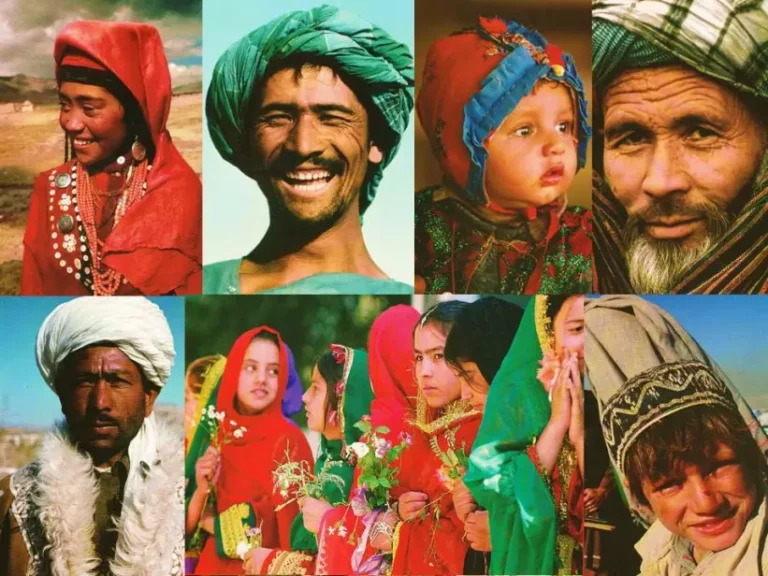Women in the Post-Independence India
I am Pamal Mahla from Punjab. My father and mother are teachers by profession. I studied political science from University of Delhi. Reading books and writing poetry and articles are my hobby. I love writing.
If we flip the pages of history we all are very aware of the status of women in the Indian subcontinent. How were women treated? How she was considered as a gender, subordinate to men? How she was viewed merely as a commodity? And so on are some of the questions which strike our mind when we trace history before independence. The status of women, the idea that they should not undergo any form of mistreatment, should be given equal rights and opportunities and should be treated with respect and courtesy were the major concerns. There were several times when women urged for equality so that she can lead life exactly at par with men. If we talk about the status of women in independent India, then it has surely improved relatively. The structural and cultural changes in India have brought many opportunities for women in the fields of education, employment and politics. Such changes ultimately lead to a reduction in the exploitation of women as they have been granted equal status as men in some spheres. The improvement in the status of women can be examined in the light of major changes that have been taken place since Independence in the areas of legislation, economic sectors, social and cultural life and so on.
Issues faced by Women in Pre-Independence Era
Women before independence faced many evils that existed in the society such as Sati Pratha, Child Marriage, Prohibition of widow remarriage, Purdah system, dowry system, no education to girls, polygamy, female infanticide, domestic violence, sexual harassment and so on. Though some got vanished but some are still existing in our society like female infanticide, domestic violence, women abuse etc. Inspite of all these issues, we are not in a position of saying this is a big achievement but the condition of women has improved at a relatively faster rate. We hope that with the passage of time, India will be a safer place for women.
What led to the change in position of Women in Pre-Independence?
Though at the time of independence, before the Constitution of India, some reforms in the state of law were carried out by the British rulers at the insistence of the Indian social reformers, like Raja Ram Mohan Roy and Jyotirao Govindrao Phule. There have been cases of women who participated in the movement of independence for the country against British rule. Since the country achieved its independence, the All India Women’s Conference, a non-governmental organisation founded in 1927, developed an interest in constructive work for women. The consciousness regarding women’s rights, since independence led to the enactment of some of the legislations, concerning women. Some of the significant ones are, The Suppression of Immoral Traffic in Women and Children Act 1954, The Special Marriage Act 1954, The Guardianship Act 1956, Interstate Succession Act 1956, The Orphanage and Widow Home Act 1960 and the Dowry Prohibition Act 1961.
Post-Independence
The status of women in the post-independence period underwent transformations. In the discussion of their status within the society, there are two main aspects that need to be taken into consideration, first to what extent women can control their own living conditions and the extent to which they possess the decision making authority and perform their tasks and activities without minimum restrictions. Women constituted half of the population within Indian society. They have been rendering a significant contribution to the development of human resources. Hence, it is vital to encourage them in participating in the decision making processes, acquiring educational opportunities, getting engaged in employment and sustaining their livelihoods in an enhanced manner. The National Policy on the Empowerment of Women in India, 2001, is regarded as one of the important strategies in the development process and led to changes within the socio-economic environment. With these changes, transformations also came about in the status of women.
“I HATE TO HEAR YOU TALK ABOUT ALL WOMEN AS IF THEY WERE FINE LADIES INSTEAD OF RATIONAL CREATURES. NONE OF US WANT TO BE IN CALM WATERS ALL OUR LIVES.”
― JANE AUSTEN, PERSUASION
How Women got recognition and considered as par with Men?
To make this happen the credit goes to our constitution-makers whose endeavours was the first step.
Constitution of India
The Indian Constitution attempts to provide equal opportunities to women, protect their rights and ensure justice to them through the following provisions-
Right to Equality– Constitution ensures equality to all its citizens including women (Article 14). The Constitution ensures that no discrimination shall be made against any person on the basis of caste, class, creed, sex, race and place of birth [ Article 15(1)].
No discrimination shall be made on any grounds of discrimination including sex for providing employment opportunities. [Article 16].
The State shall take the responsibility of providing maternity benefits to women employees [Article 42].
One-third reservation of women in the panchayats – There must be separate seats reserved for women in the panchayats with separate seats for women SCs and STs [Article 243 D (3)].
One-third reservation for women in the presidential posts of the Panchayats – Reserving women seats for all posts at all the levels of panchayats (Gram Panchayat, Taluk Panchayat and Zilla Panchayat) [Article 243 D(4)].
One-third reservation in Municipalities – Separate seats for women in all the town municipalities[Article 243(T) 3]. It was indeed a bold step. The rural women will also be now able to exercise some political power and play a role in decision making for the town and village affairs.
Furthermore, they have been entitled to vote and are provided with other special benefits. The constitution protects women against exploitation and ensures that they are given equal rights and opportunities being in any field.
Legislation safeguarding Women’s Rights
- The Hindu Marriage Act 1955 – The act provides women with equal rights to divorce and remarry. Also, the act prohibits polygamy, polyandry and child marriage.
- The Hindu Succession Act, 1956 – The act provides women with the right and claim over parents property.
- The Hindu Adoption and Maintenance Act, 1956 – It provides a childless woman with the right to adopt a child and a divorced woman with the right to claim maintenance from her husband.
- Special Marriage Act, 1954 – It provides women with the rights to inter-caste marriage, love marriage and is only permitted for girls above 18 years of age.
- Dowry Prohibition Act, 1961 – It protects women from exploitation by declaring taking of dowry an unlawful activity.
Women in the field of Education
After Independence, the educational rights of women were promoted and they were made aware of the value of education. The ratio of women pursuing higher studies and taking education has improved gradually since then. The government provided several benefits to women such as scholarships, loan facilities, hostel facilities etc. who wished to go out to pursue higher education. By getting such benefits a large number of women are able to pursue higher education today.
Separate schools and colleges have been established for women alone. Separate universities have been also established which are among the prestigious universities today and admits the girls obtaining merit ranks. There are many engineering and medical universities in India specially for girls which provides them with a great quality of education and help in enhancing their careers.
Women in the Economic and Employment fields
The number of working women has also steadily increased. Women have been recruited in all posts such as teachers, doctors, nurses, advocates, police officers, bank employees, IAS, IPS in all major cities of India. Since 1991 women have been recruited into 3 wings of armed forces that are military, air force and naval force. The participation of women in society is regarded as the most notable and this is primarily because of the changing values.
Awareness of Women regarding their Rights
Women in Independent India have maximum rights but many of them are not conscious about their rights. Uneducated women have a lack of awareness of their rights. According to a study conducted by Prof. Ram Ahuja, it is concluded that they are ignorant of policies and laws which benefit them.
Challenges for Women
Sexual Harassment within the Workplace – Women have experienced sexual harassment within the workplace to a major extent. This has not only enabled them to feel vulnerable, but also compel them to leave their jobs. Employers are required to take preventive steps which prohibits this act within the workplace.
Gender bias- Gender-based differences and prevalence of violence has taken place not only in India but in other countries of the world. Gender issues are regarded as a serious problem that has been experienced by women. In some cases, when women and men, both are employed in organizations, women are not given equal pay as men for the performance of the same job duties, hence, they experience discrimination in terms of pay. Women are not employed in manual jobs, as it is believed that they do not possess the capabilities to perform manual jobs. Hence, men were assigned manual job duties.
Lack of Promotional Opportunities – Promotional opportunities are regarded as the ones that individuals all the time aspire for. Research has indicated that when they are recruited, then they may or may not find their job duties pleasurable. Even when the employees do not feel satisfied with their jobs, they have to work hard to generate income to sustain their living conditions. There have been cases of women employed in various offices, organizations, and other places for a long term period, but they have not acquired promotional opportunities.
Strategies for Women development
The national document which was prepared by the Government of India with the objective of enhancing and widening opportunities for women highlights the importance of 3 strategies-
Obtaining greater political participation of women – The document mentions that 33% of legislative seats must be reserved for women in order to obtain effective participation in the field of politics.
Income-generating schemes for women – A per the document, income-generating schemes must be introduced. Some of the schemes are – IRDP, Jawahar Rozgar Yojana and TRYSEM.Increasing Female literacy level – The government believed that proper coordination between governmental and non-governmental organisations will help in improving the literacy rate of women which will further help in making them self-reliable.
Conclusion
To sum up, we can say that though we are successful to some extent in achieving our goal, there is a lot more to achieve. Most of the social evils are still existing in the society like the dowry system, desire for male children, rapes which are rising day by day can only be eradicated through moral education and stricter legal action. I am elated to say that WE ARE PROUD INDIANS as our women not only in the Olympics but also in every field are making us proud this is only because of the efforts of our Indian citizens. I hope that one day will come when Indian women will acquire the top positions in India and beyond as well.
References
- Radika Kapur, 2009 (Status of Women in Post-Independence India), Research gate.
- Diganth Raj Sehgal, 2019 (The Position of Women in Indian Society After Independence), the pleaders.
- Dr. Rekha Singh, (Status of Women in Indian Society), the Paideia project.
- India TV News desk, 2016 ( 5 social evils in India that still prevail)


